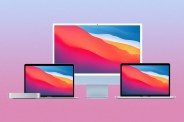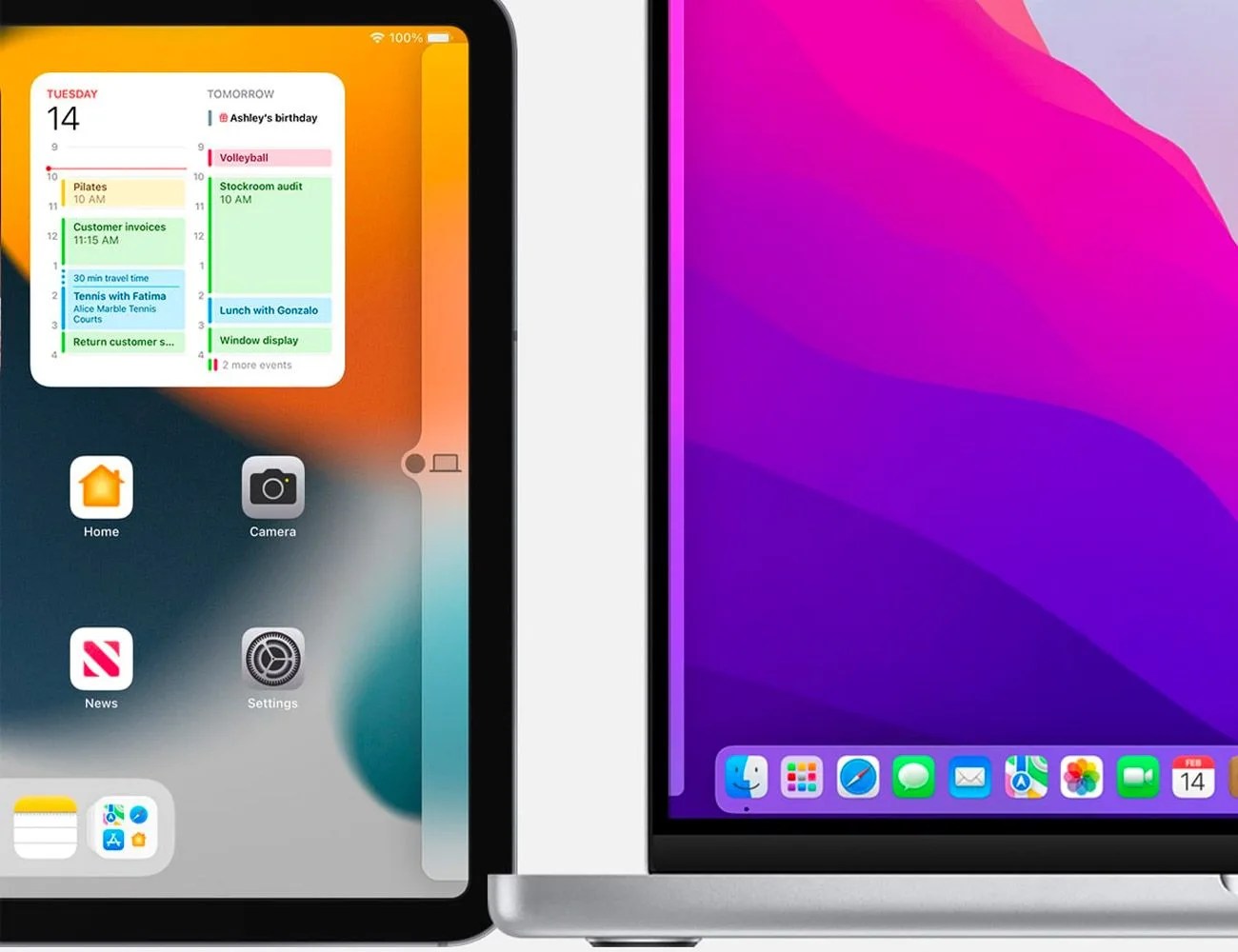Welcome to Product Support, a column devoted to helping you get the most out of the stuff you already use.
If you have a Mac and an iPad, you can unlock one of the coolest features that Apple has released in years. It’s called Universal Control and it’s a software trick that allows your Mac and iPad to wireless sync together and do some pretty special things. No connecting cables required.
Apple devices have always worked really well together, but Universal Control takes it a step further with the Mac and iPad. It turns your iPad into somewhat of a secondary display for your Mac, allowing you to use your Mac’s keyboard and trackpad (or wireless mouse) with your iPad. You simply drag your cursor off the screen of your Mac and onto your iPad’s screen, just like you would with a multiple-monitor setup. It makes transferring files between your Mac and iPad a simple drag-and-drop experience. No need to use AirDrop, a web-based service (like iCloud or Dropbox) or an external hard drive.
There is a bit of a caveat when Universal Control as it doesn’t exactly turn your iPad into a secondary screen for your Mac. You can’t drag a Chrome window from your Mac and have it rest on your iPad’s screen for example. Your iPad still works like an iPad (with apps and gestures) when you bring your Mac’s cursor and keyboard over. Universal Control simply makes controlling the two devices together more streamlined, as well as making it super easy to transfer files between the two.
What you need to use Universal Control
Universal Control is simple enough to you use, but there are a few requirements. Your Mac and iPad need to be registered under the same Apple ID and with two-factor authentication turned on. (It doesn’t work with Managed Apple IDs, like if you borrow a Mac or iPad from school.) And they need to be running relatively new software.
• Mac: It needs to be a Mac computer that’s capable of running macOS 12.3 (or later). The can be a MacBook Pro from 2016 (or later), a MacBook Air from 2018 (or later), a Mac mini from 2018 (or later), or an iMac from 2017 (or later).


